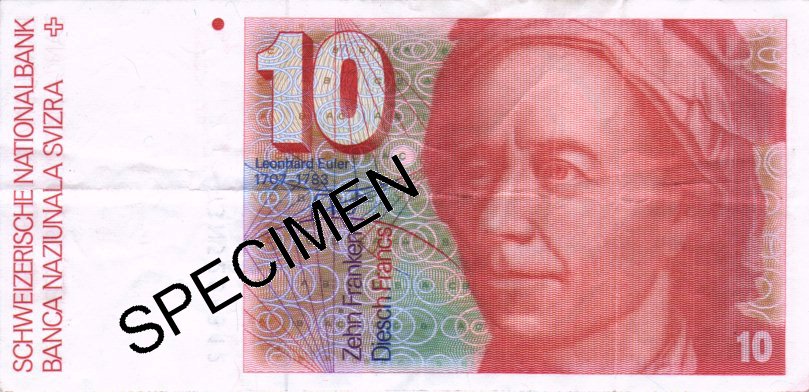
Each of these was assigned a number, from E1 to E866, which is now referred to as the 'Eneström number. He enumerated 866 distinct works, including books, journal articles, and some letters he deemed to be especially important.
#L EULER SERIES#
(based on Clifford Truesdell's introduction to Opera Omnia Series II, Volume 12. In 1913, Swedish mathematician Gustaf Eneström completed a comprehensive survey of Eulers works. He shows that the existence of a velocity-potential is a special circumstance by exhibiting counterexamples of simple vortex flows (the first appearance of such flows) and motions that we now know as generalized Poiseuille flows (this marks the first appearance of these flows in this generality). v t e Euler's formula, named after Leonhard Euler, is a mathematical formula in complex analysis that establishes the fundamental relationship between the trigonometric functions and the complex exponential function. Leonhard Euler, the most eminent of Switzerlands scien tists, was a gifted 18th-century mathematician who enriched mathematics in almost every department. Euler proves that solutions of the equations of motion can exist even when the forces are such that equilibrium is impossible. He also assumes that the state of the fluid is known at a certain time, and he reduces all of the theory of the motion of fluids to a solution of certain analytic formulae. Leonhard Euler was a Swiss mathematician who made enormous contibutions to a wide range of mathematics and physics including analytic geometry, trigonometry, geometry, calculus and number theory. Johann Bernoulli soon discovered Eulers great potential for mathematics in private tuition that Euler himself engineered. This paper contains some of the earliest remarks indicating the role of boundary conditions in determining the appropriate integral for a partial differential equation.

Euler treats the motion of fluids on the same footing as in E225, dealing with the principles of the equilibrium of fluids in fact, he uses many of the ideas from that treatise (especially that of pressure) in this work.


 0 kommentar(er)
0 kommentar(er)
